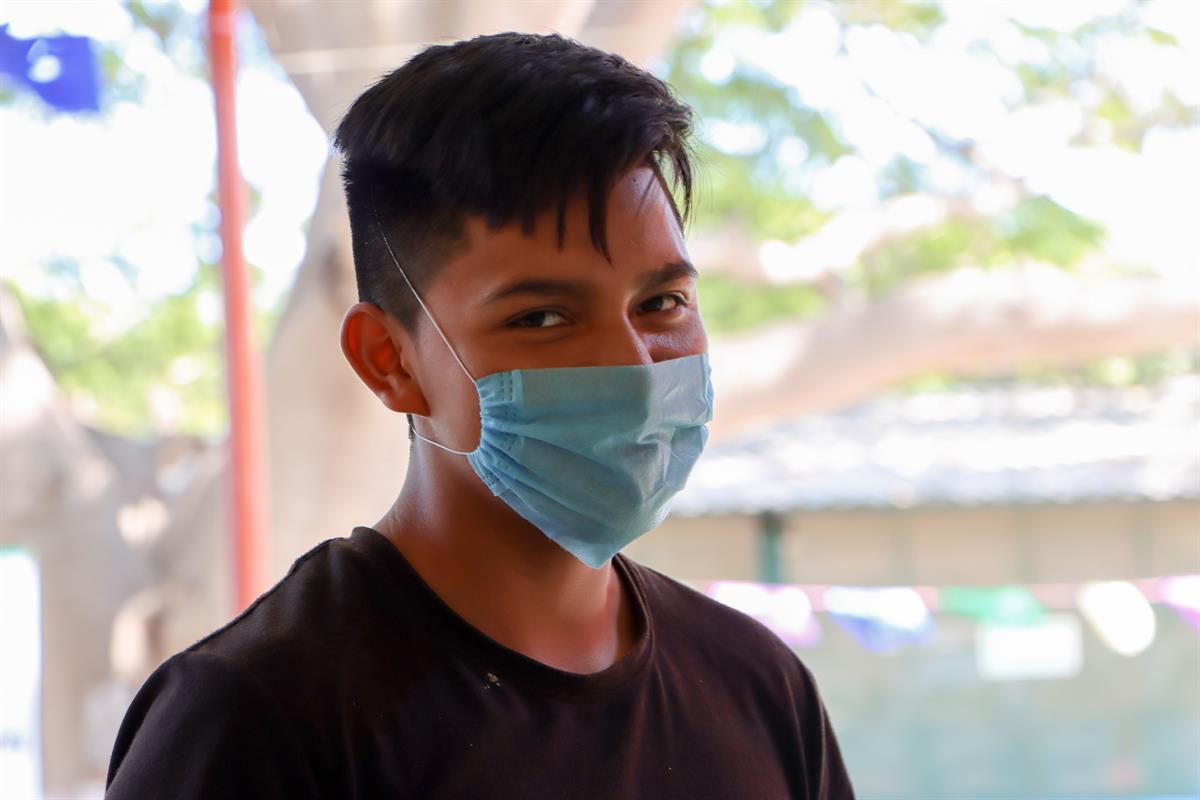Julian, 16 years old, left Guatemala, where he lived with his mother and stepfather, to travel alone towards the United States, where one of his brothers lives. He wanted to find a job and help supporting his family economically.

But due to the many difficulties encountered along the road and the pandemic, the "journey" comes to an end in Mexico. Julian stops here, applies for refugee status and, prompted also by his family, changes his plan: he decides to go back to school and finish his studies.
As Julian, thousands of children and teenagers - often alone - join the flow of migrants headed towards the United States. According to official figures from the National Institute of Migration (INM), during 2020, at least 4,133 children and adolescents arrived in Mexico with the intention of reaching the United States.
Therefore, in order to assist young migrants, AVSI is pursuing the project Inclusion Digna (Dignified Inclusion) together with Dignidad y Justicia en el camino A.C. (FM4 Paso Libre), the Civil Society Organization Promotora de Vivienda y Acción Social (Albergue El Refugio Casa del Migrante) in the state of Jalisco and the Albergue Hermanos en el Camino in the state of Oaxaca.
Over three years, the project aims at supporting:
- more than 500 migrant children and teenagers;
- 3 shelters;
- 120 human rights defenders;
- 16 public and private schools in the states of Oaxaca and Jalisco.
The consortium formed by AVSI Mexico and FM4 Paso Libre, with shared funding from the European Union, has thus promoted a series of events with the objective of sharing experiences among different national and international actors.
At one of them, titled "Alternative Care Model for migrant children, asylum seekers and refugees”, Fernanda Lopez - consultant in alternative care for migrant children at UNICEF Mexico - underlined the importance of raising awareness in the community about the situation of young asylum seekers, like Julian, in order to foster their inclusion and participation to social life.
More than 50 representatives of shelters, safe houses and civil society organizations took part to the events, agreeing on the fact that it is necessary to create protective spaces as similar as possible to the family environment, and to form a joint network of different organizations and service providers to ensure adequate care for migrant children and adolescents.